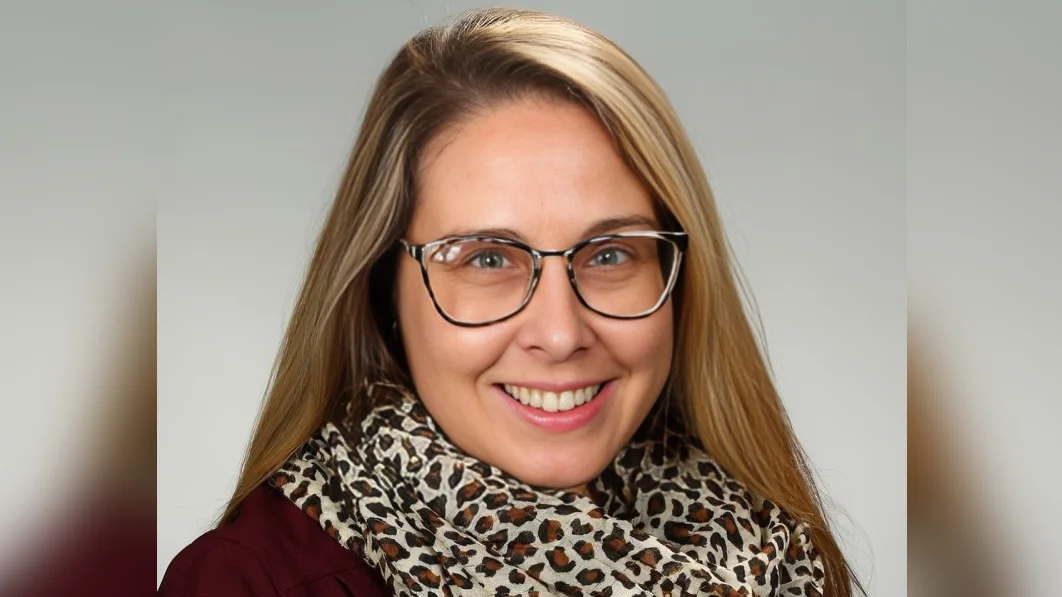
To address the increasing opioid crisis, researchers Lindenfeld and Mauri conducted a study on the prescription of medications for opioid use disorder (MOUD) at federally qualified health centers (FQHCs). These centers are crucial in providing access to MOUD, particularly buprenorphine, to low-income and uninsured patients who are disproportionately affected by the overdose crisis.
The study analyzed data from 2017 to 2023 using publicly available information from the Uniform Data System. It examined changes in the percentage of FQHC patients with substance use disorder (SUD) receiving MOUD and identified characteristics associated with higher MOUD prescription rates.
Findings revealed that the percentage of SUD patients receiving MOUD increased from 10.01% in 2017 to 24.75% in 2023. The analysis showed a positive association between MOUD receipt and the percentage of patients with SUD or HIV, while a negative association was found with homelessness and non-White racial identity.
Despite progress, less than one-quarter of SUD patients received MOUD in 2023, indicating further efforts are needed. "Efforts should target FQHCs serving a higher percentage of non-White patients and patients experiencing homelessness," stated Lindenfeld and Mauri.
Limitations included the inability to assess specific types of MOUD prescribed due to data constraints. Nonetheless, the study highlights opportunities for policymakers to enhance MOUD access through staff training, policy reviews, and leveraging funds from opioid settlements.